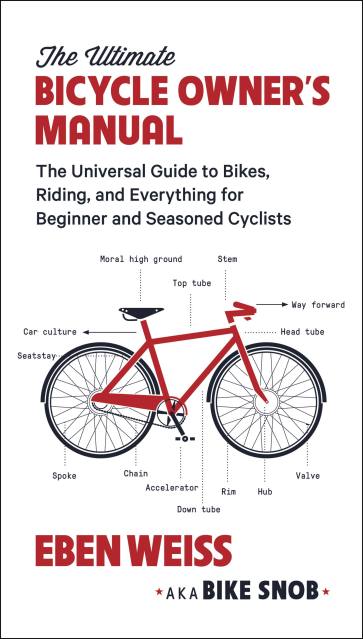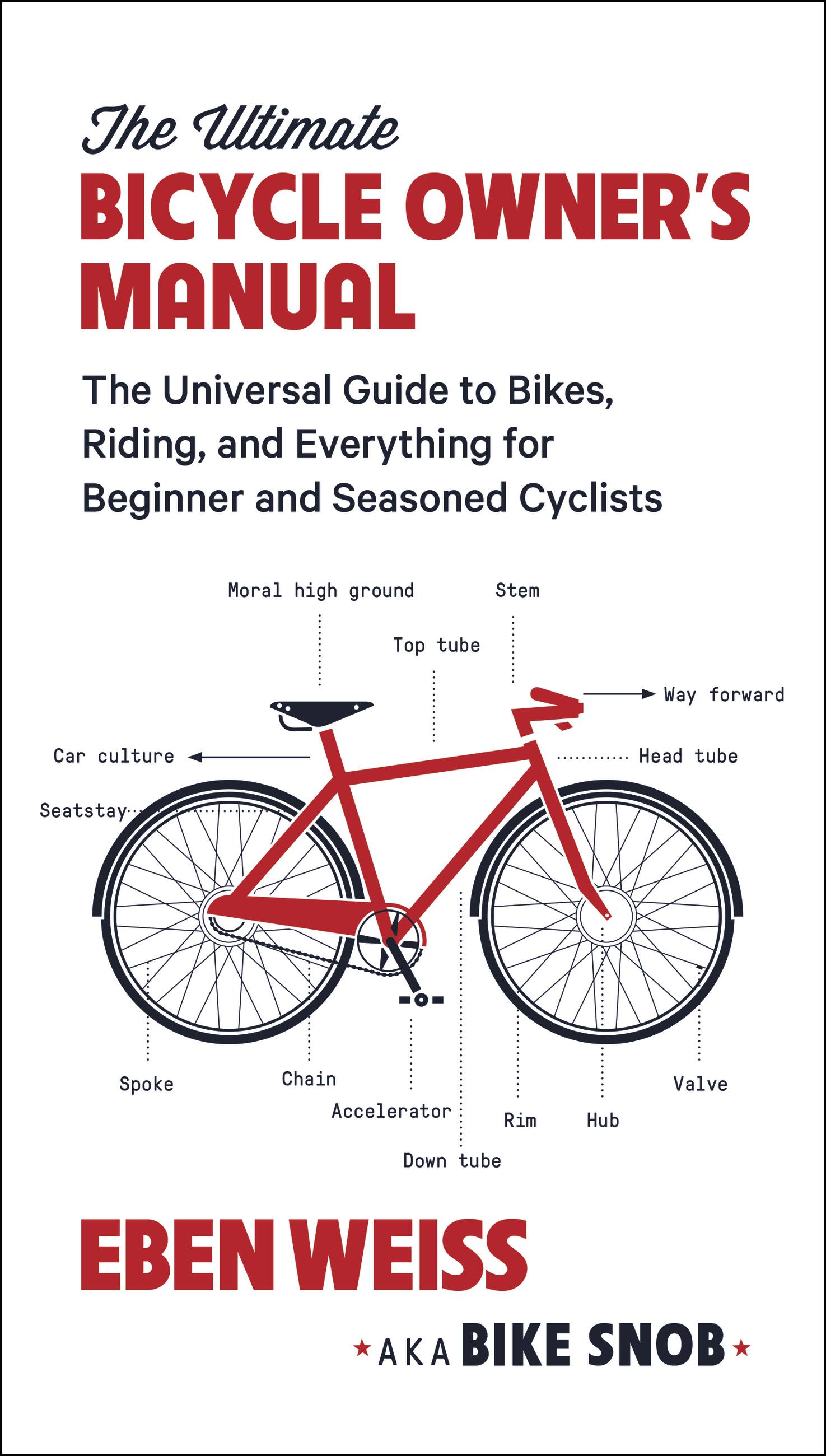Promotion
Use code MOM24 for 20% off site wide + free shipping over $45
The Ultimate Bicycle Owner's Manual
The Universal Guide to Bikes, Riding, and Everything for Beginner and Seasoned Cyclists
Contributors
By Eben Weiss
Formats and Prices
Price
$12.99Price
$16.99 CADFormat
Format:
ebook $12.99 $16.99 CADThis item is a preorder. Your payment method will be charged immediately, and the product is expected to ship on or around May 3, 2016. This date is subject to change due to shipping delays beyond our control.
Also available from:
Eben Weiss, aka Bike Snob NYC, is the voice of cyclists everywhere. Through his popular blog he has been informing, entertaining, and critiquing the bike-riding community since 2007. With his latest book, The Ultimate Bicycle Owner’s Manual, Weiss makes his vast experience and practical advice available to bike “newbies” and veterans alike. Chapters cover Obtaining a Bike, Understanding Your Bike, Maintaining Your Bike, Operating Your Bike, Off-Road Riding, Coexisting with Drivers, Competitive Cycling, Bike Travel, Cycling with Kids, and What the Future Holds for Bikes in our Communities. Weiss’s humorous, down-to-earth style takes all the mystery and intimidation out of cycling and will inspire even the most hesitant couch potato to get out and ride!
Eben Weiss is the blogger behind Bike Snob NYC. He is the author of Bike Snob, Bike Snob Abroad, and The Enlightened Cyclist. He lives in New York City with his family.
Genre:
- On Sale
- May 3, 2016
- Page Count
- 224 pages
- Publisher
- Black Dog & Leventhal
- ISBN-13
- 9780316352673
Newsletter Signup
By clicking ‘Sign Up,’ I acknowledge that I have read and agree to Hachette Book Group’s Privacy Policy and Terms of Use







